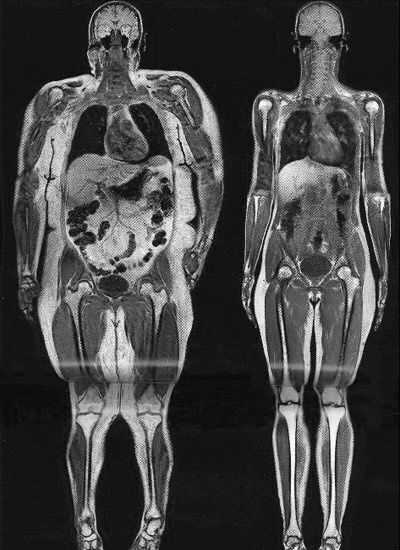The Agency of the Image.
Visualization Strategies and Processes of Subjectivization
PI’s: Prof. Chiara Cappelletto and Prof. Niccolò Guicciardini
Post-Doc: Nicole Miglio

The project is based on the thesis that visualization techniques are performative processes.
If, on the one hand, visualization tools—such as the transmission electron microscope (TEM) and the ultrasound scanner—and visibilization tools—such as the thermal imaging camera, brain scanning technology, and the line of microscopes that grew out of the scanning tunneling microscope starting in 1981—intervene directly in the matter under investigation by identifying and translating its various properties—primarily physical, kinesthetic, and phenomenological—into digital images, on the other hand they produce a feedback effect on the observer who interacts with optical prostheses to adapt to a new environment (intracellular, intrauterine, subcutaneous, down to the molecular level with the new nanotechnologies).
Not only are his or her inborn visual abilities enhanced, but his or her very ability to grasp, move, and manipulate is driven by the interface that produces an iconic output. However, as much as the different tools produce images, they interact with the people involved at levels that do not belong to the order of the visual.
The research hypothesis of the project is that both types of material artifacts intervene in the economy that hierarchically regulates the human sensorium and that, traditionally, grants primacy to frontal and monocular vision, perverting it and bringing to the fore spatial senses such as hearing, touch, and balance, to be thought of in terms of “fields of action.” In this way they are part of the definition of what Donna Haraway has called “cyborghood”—a figure of contemporary subjectivity situated and mediated technologically, culturally, economically, and politically.
The project aims to investigate how and to what extent such a practice of cyborg observation shapes the subject’s experience of his or her own bodily and cognitive agency, how it affects the “sense of self,” and what para/post/anti-identity conceptions it produces.


